NIKON VERSUS CANON ...
... AT THE BEGINNING OF 2017.
January 12, 2017.
The article is relatively brief. As few numbers as possible (these are everywhere, so why repeat them), above all practical experience and especially, what is not talked about so much.
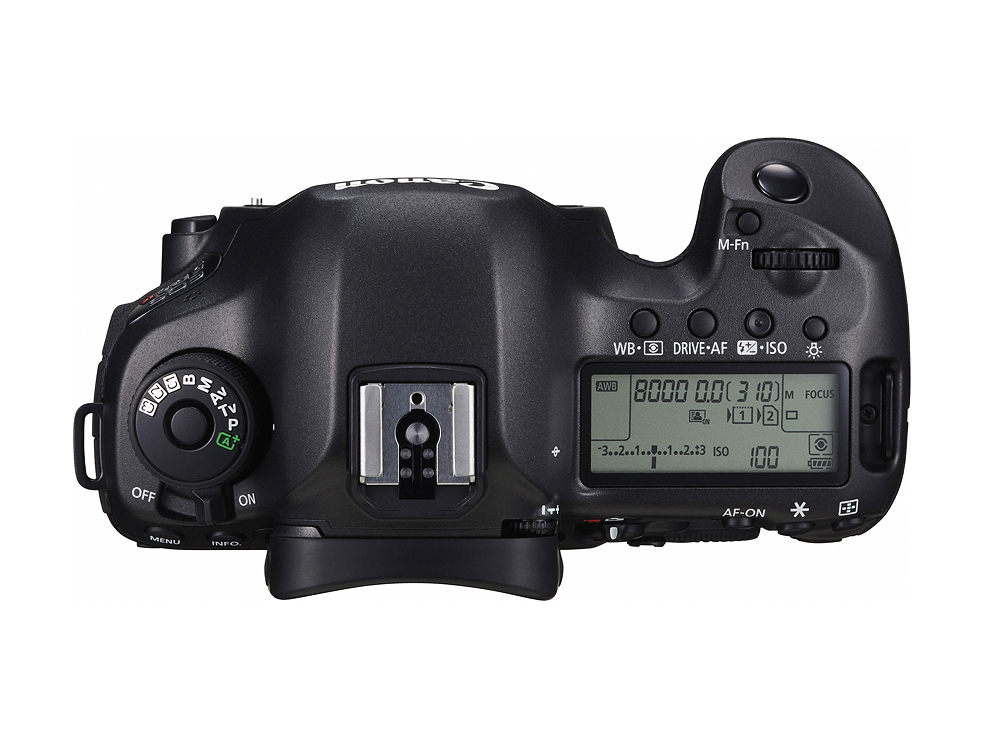
HIGH RESOLUTION CAMERAS – CANON, PENTAX, NIKON AND SONY.
Canon EOS 5DSR, compared to Nikon, has the advantage of a higher resolution 50 Mpx, an excellent Live View mode and accurate colors, including white balance directly from the camera. The offer of lenses is huge (the rise in their prices too, of course), and the advantage in the future is the larger diameter of the mount, which will be discussed below. The disadvantage is too high a price (approx. 95 000,- CZK), AA filter only in antiphase (if there is any at all, see ►article about 5D III) and still (though less so) occasional streaks and noise in partial shades and shadows at low sensitivities. You can read more about the Canon 5DSR ►here and ►here.
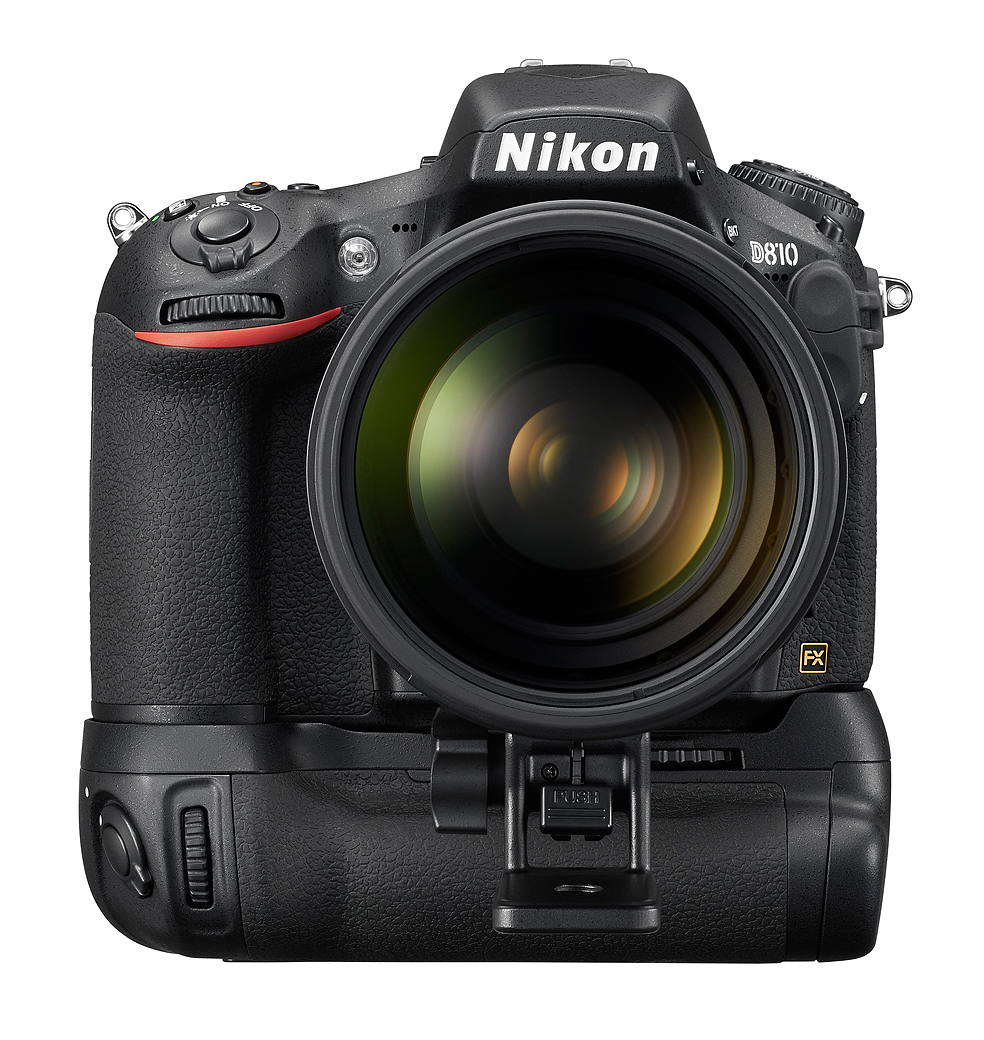
Nikon D810 although it has a lower resolution of 36 Mpx, in practice you will hardly notice it. The photographs contain an incredible amount of detail and their magnification on a large monitor resembles the look of a powerful telescope, you will find so much undreamed in the pictures. The basic ISO sensitivity (without enhancement, which reduces dynamics) is 64, the photographs have a large dynamic range and, compared to Canon, also less steep lighting curve (as well as lower contrast and detail contrast), leading to fluffy, brightened tones. Even with Nikon, it is almost impossible not to choose from lenses, although their prices are rising faster, than optical quality. The disadvantage of the whole D8xx series, at least for me, is the need to occasionally adjust the primary colors and also very precisely balance the white when processing raw, the values from the camera are sometimes quite shifted. However, when the adjustments are successful, the photographs are really beautiful. Another disadvantage is still a somewhat rough Live View mode and, of course, unnecessarily dominant controls for creating movies. The price is approximately 72 000,- CZK.
The big disadvantage of both DSLRs are the fixed, non-tilting rear monitors. Both manufacturers agree, that this is due to endurance, but I consider this argument to be an excuse to obscure the fact, that both companies have simply fallen asleep a bit here.
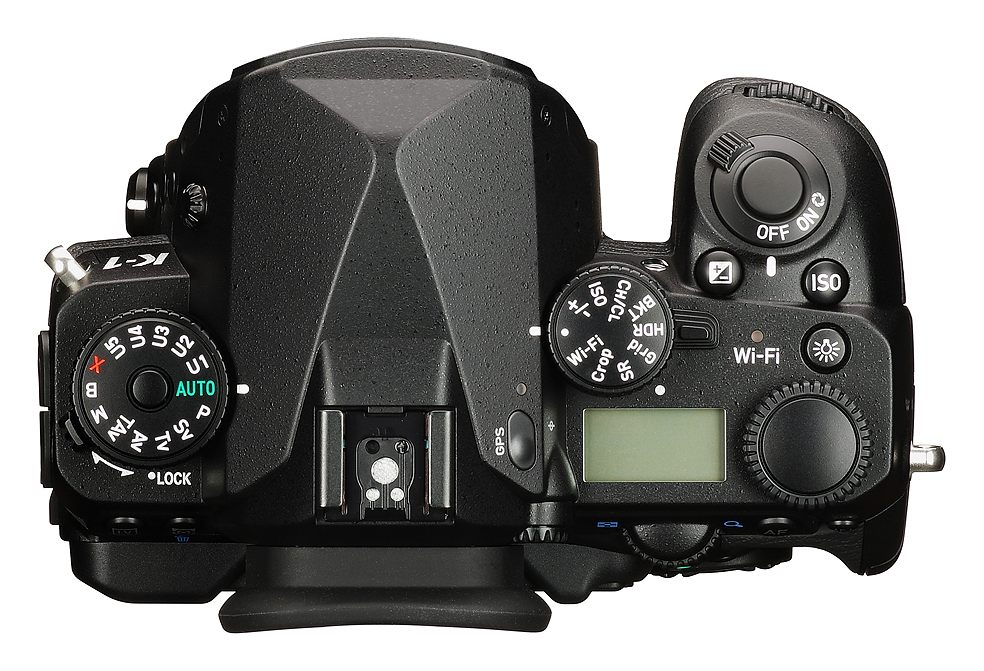
High-resolution cameras have recently included also new Pentax K-1. It has the same 36 Mpx Sony sensor as the Nikon D810, a number of interesting functions, for example for astronomical photography, and it is a very remarkable device in general. Unlike Canon (it's possible with Nikon), you can also use lenses designed only for APS-C size sensors. You can buy a Pentax K-1 for about 52 000,- CZK.
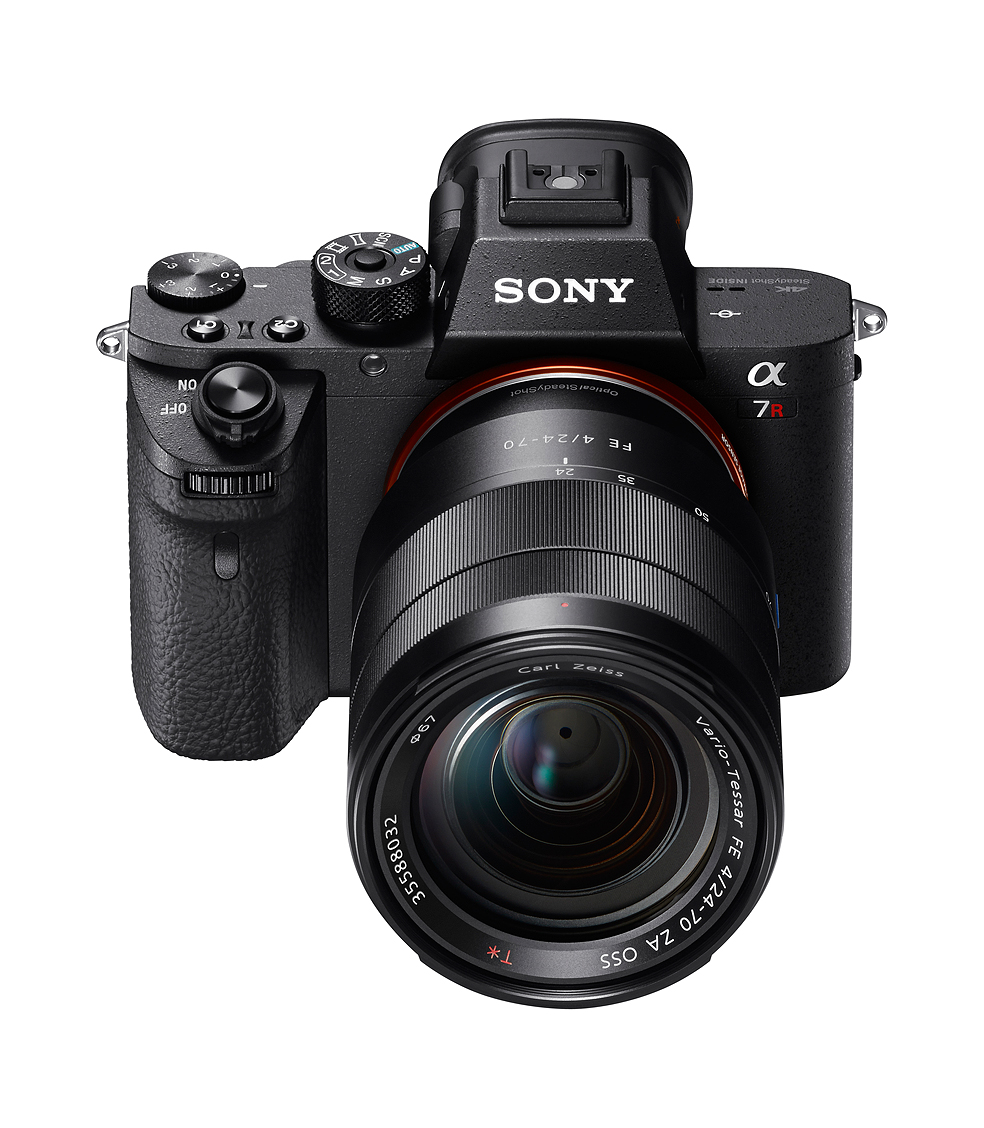
Among the Sony cameras are the most interesting models with a 42 Mpx sensor without an AA filter and with an inverted design, the so-called BSI (Back Side Illumination, microlenses and silicon layer are in front, followed by wires and other components), which has help (and probably successfully) reduce noise. In my experience, the photographs match the quality of images from 5DSR or D810, the colors, whites and detailcontrast are somewhere between the two brands, which is very interesting and nice. I did not find any RAW artifacts mentioned in many reviews, even with very detailed sharpening.*) The advantage of compact cameras without a mirror is the location of the sensor close to the rear optical element of the lens and thus, in addition to higher quality photographs (light rays on the way to the sensor pass through a thinner layer of air) and also the ability to use (with adapters) lenses from other manufacturers. The advantages of a larger sensor are known, although the difference in image quality between APS-C and 36 mm is now significantly smaller, than written in many reviews. However, Sony got itself into an interesting trap - their E-mount is relatively small in diameter and the larger A-mount is not much better. More precisely: Nikon, Pentax and Fujifilm X have the same diameter 44 mm. Sony E 46.1 mm, A 49.7 mm. The biggest is Canon EF with 54 mm. But only Sony decided to produce a compact camera without a mirror and with a sensor the size of a 36 mm film frame (when we already have those sensors, Tony, it's messing about in the backyard ...). And here is the stumbling block. The DSLR sensor is significantly further from the rear element of the lens and therefore the smaller diameter of the mount does not matter. However, if we do not have a mirror and move the sensor forward, it is necessary for wide-angle lenses to pass the light beams through a relatively small rear element and then immediately extend them to a noticeably larger area (image circle), than the APS-C sensor. And that's exactly the problem, that Sony's management euphemically describes as a "challenging engineering challenge," I'd rather say a "hurried start." This circumstance also allegedly slows down the development of new FE lenses (E-mount, 36 mm sensor) with a short focal length.
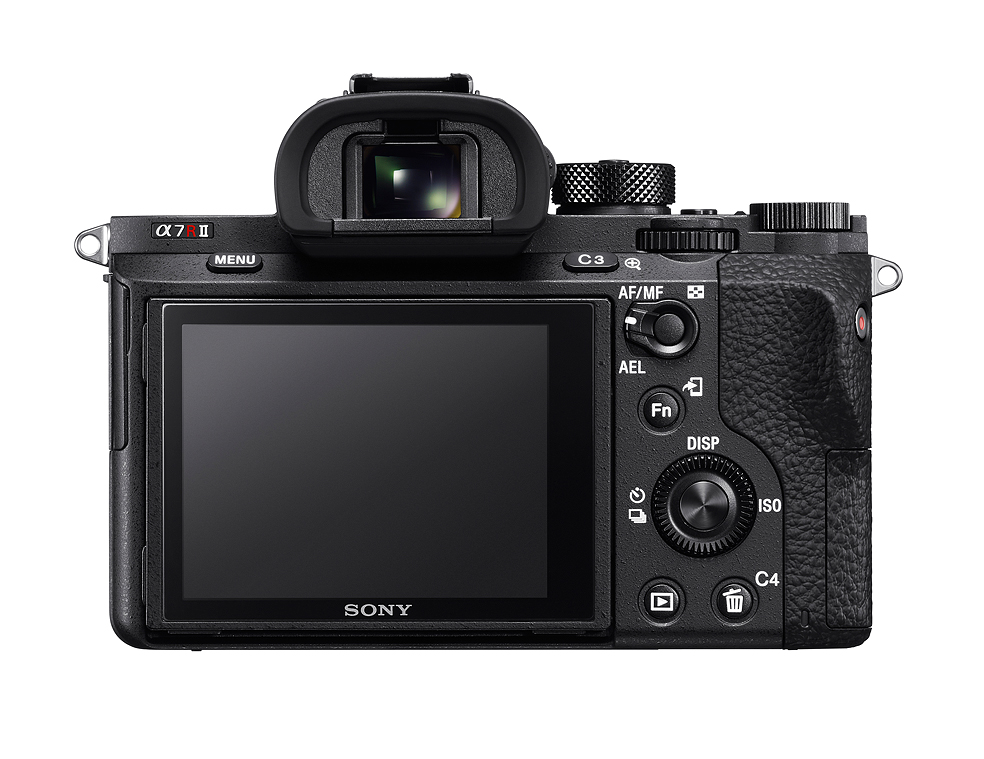
Now, you may be wondering, why the article is called Nikon versus Canon, when I'm talking about Sony so extensively here? Because you can find sensors of this brand in every Nikon or Pentax, and if Sony decided to reduce or stop its supply of these components, it would cause both companies significant, if not fundamental problems. However, this does not apply to Canon.
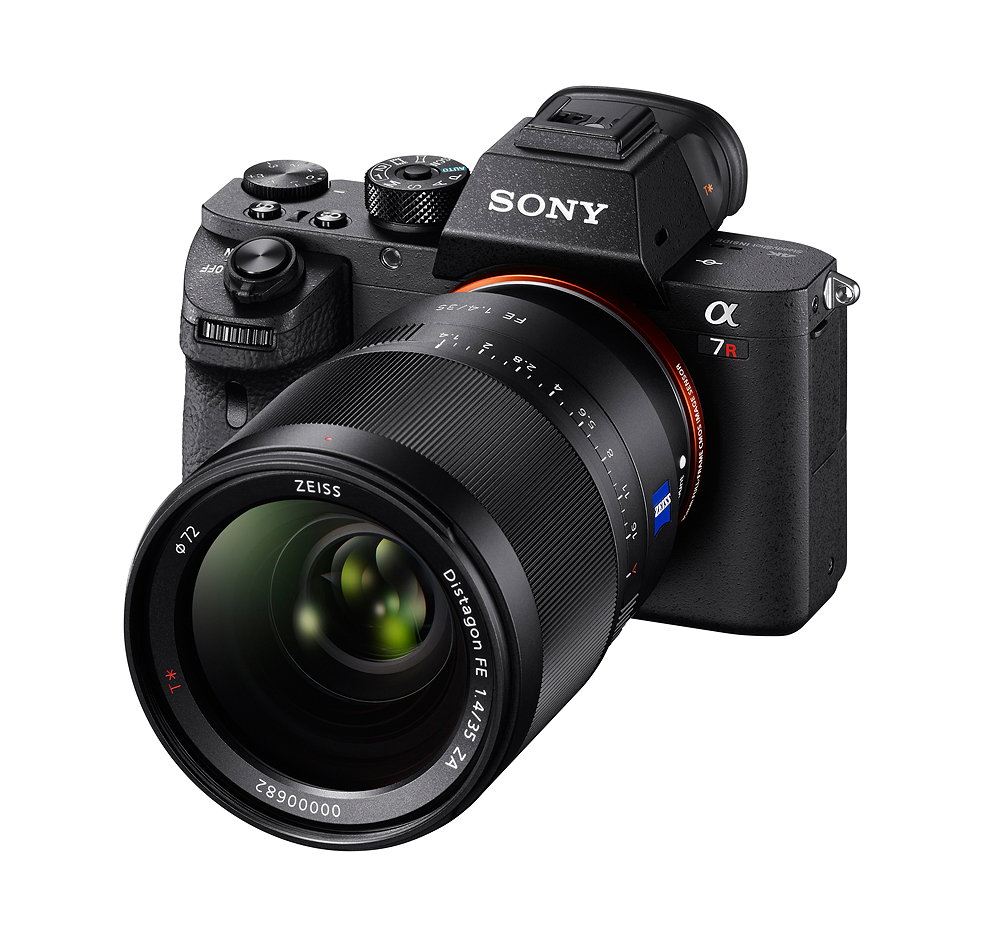
The second reason is the favorable finding, that Sony cameras are able to create the same quality photographs as devices from brands better known (and for me more liked). In conjunction with Zeiss optics, this is an interesting option for those, who can afford a larger investment in technology. The prices of Sony devices and lenses (I now mean 42 Mpx models and adequate lenses) can also be described as exaggerated (A7RII body approx 100 000,- CZK incl. VAT).
But let's now turn to cameras priced by 20 000,- CZK.
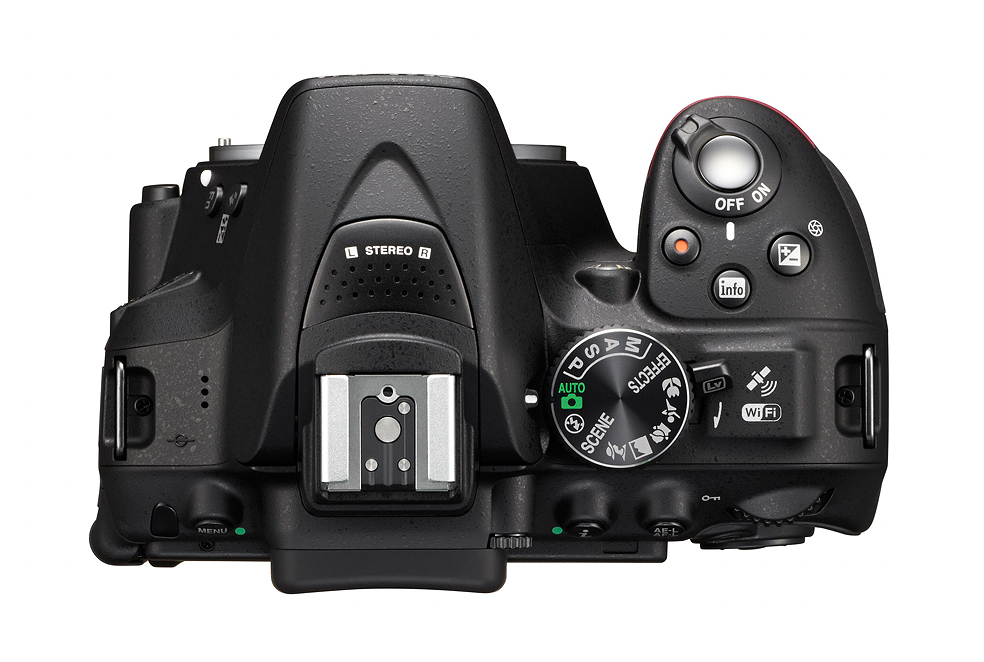
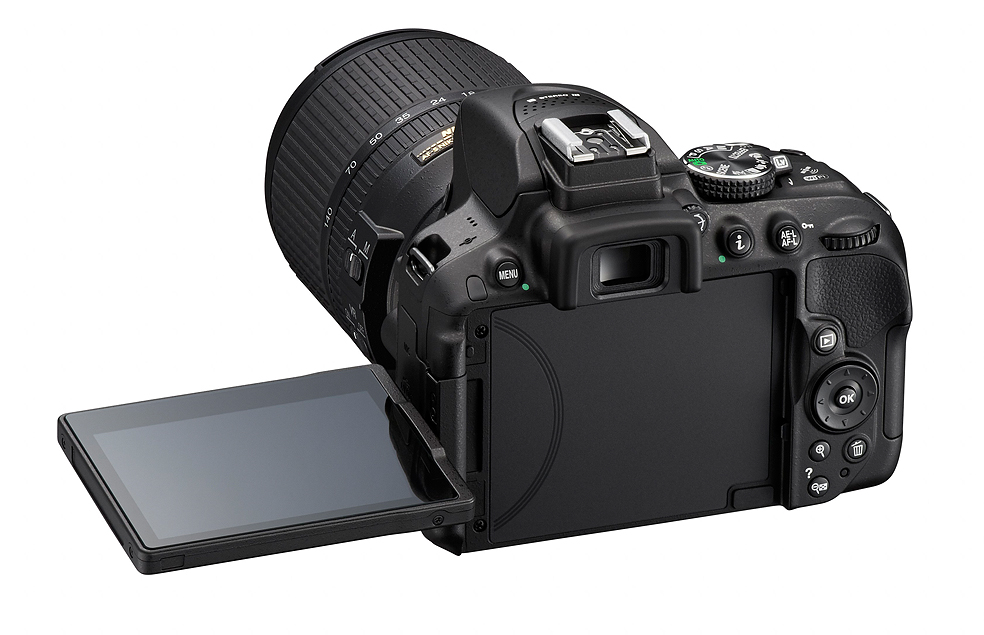
At Nikon, I would like to mention the older, but now, for a relatively good price (12 000.– CZK) sold, D5300. The camera is equipped with a Sony APS-C sensor with 24 Mpx without an AA filter. The pixel density corresponds to approximately 57 Mpx on a 36 mm sensor. Please be aware of this, when you buy lenses - preferably with a single focal length and of the highest quality. Compared to 36 mm sensors, it is necessary to count on slightly higher noise, on the other hand, the D5300, unlike the D3xxx series, already has a 14-bit AD conversion, it is very well visible in colors and fluffy lights, the dynamic range is also traditionally excellent. Please note, that RAW compression is lossy, so this camera cannot be recommended for serious work. Here, for example, the D7100 will serve well, here the RAW is also compressed, but lossless. But back to the D5300. The rear monitor is tiltable and rotatable, has a high resolution and the view of it is really pleasant. The disadvantages of this camera are, in addition to the mentioned lossy compression, again slightly inaccurate colors and white balance, as well as no control of the depth of field (there is no button and the ability to assign this function to any other button). And again a Live View, in the clumsiness of which Nikon has really overcome: You set the aperture e.g. to 16, turn on Live View, the image is dark, noisy. Open the aperture to 5.6, the image is still dark and still noisy, because the aperture is still closed at 16, only the exposure parameters have been recalculated (shifted). True, if you turn Live View off and on now, the aperture will be set to 5.6, so the image will be less noisy and brighter. Then you will increase aperture and ... nothing! Only the exposure values are recalculated again. It is possible to turn the Live View off and on still, but the price of the new shutter is somewhat high, compared to the manufacturer's cost for one button, respectively optional function. Who invented this ...
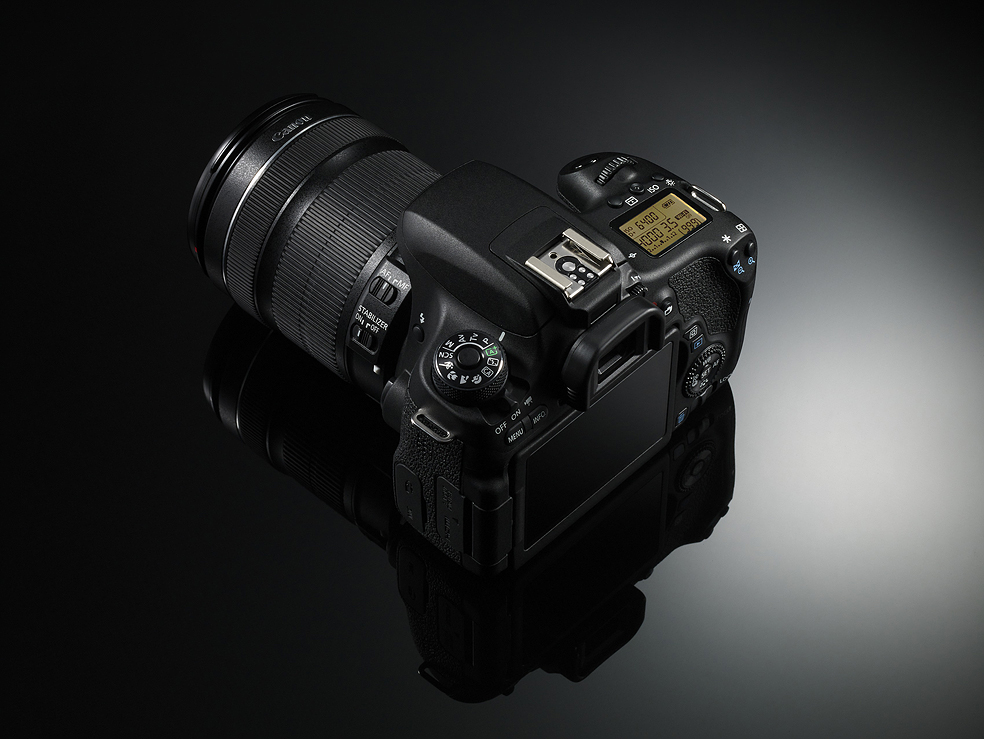
At Canon is similar model 760D. 24 Mpx Canon sensor, probably without an AA filter, although it is not specified by the manufacturer. 14-bit AD conversion is almost standard at Canon, as is high-quality Live View mode. Unlike the D5300, I have no personal experience with photographs, but it can be assumed that nothing fundamental has changed - compared to Nikon, slightly more noise, a little less dynamics, higher contrast and detail contrast, more accurate colors and white balance. The price of the camera is approximately 17 000,- CZK with VAT.
Canon versus Nikon in 2017? As long as William Shakespeare said before me: As do you like it ...
© Martin Mojzis, 2017.
Photographs: © Canon, Nikon, Pentax and Sony.
*) January 21, 2017. | I wondered, how it was with those artifacts. When the A7 cameras went on sale, their RAWs were relatively heavily and lossy compressed (11 + 7 bit). This compression caused artifacts and posterization, and it was not possible to turn it off! After a wave of criticism, Sony may have left this strange path, and in today's cameras you should find (at least according to the technical information on the manufacturer's website) the usual 14-bit (it should go uncompressed or compressed, at least for the A7RII, A7SII and A7II, according to the Capture One Pro 10 compatibility table). Detailed information can be found on specialised websites, e.g. ►Raw Digger. I would also recommend, that before purchasing one of the Sony cameras, have the manufacturer make an official statement for the specific piece (according to the serial number), whether and how RAW is compressed, and buy only if it is 14-bit uncompressed or at most lossless compressed. For both Nikon and Canon, these worries are eliminated, just watch out for the Canon EOS M-5, which normally produces 14-bit RAW, but in continuous photographing mode, reduces its quality by itself and without the possibility of cancellation to 12-bit. Also pay attention to the Sony A7RII, which also switches from 14 to 12-bit RAW in some situations (e.g. in Bulb mode or again in continuous photographing). I have not researched other A7 models, I also recommend verifying. Probably the best way has done this thing Nikon in professional cameras, where, for example, with the D810 you can choose RAW 14 or 12-bit uncompressed, lossless or lossy compressed.
►To the beginning of the article.
►Overview of all articles.
►Homepage.
►Site Map.